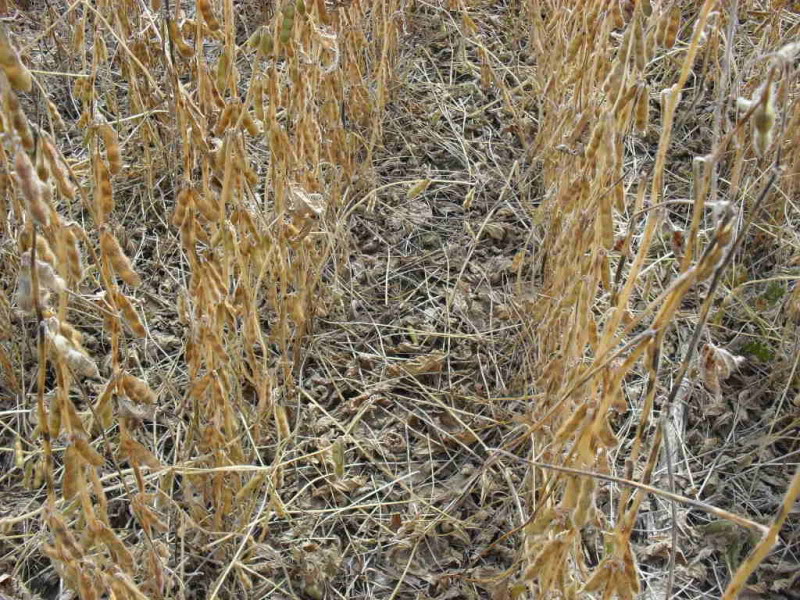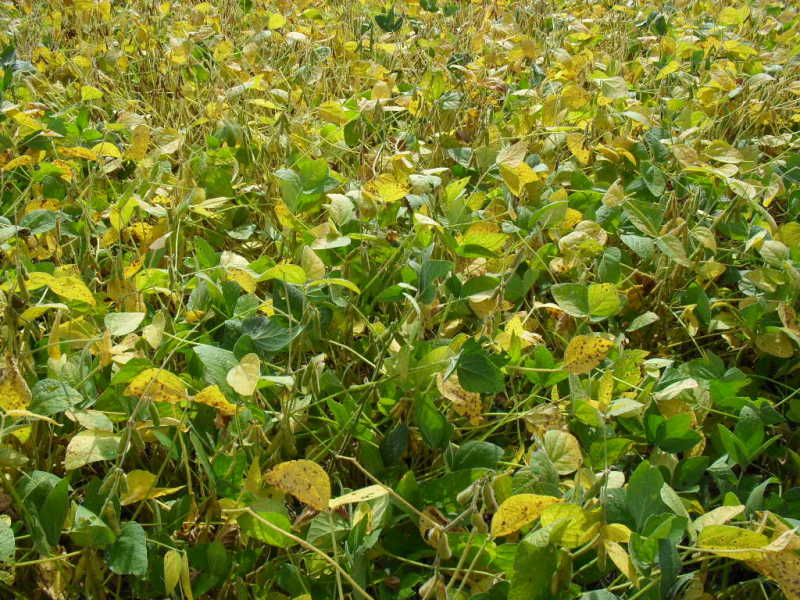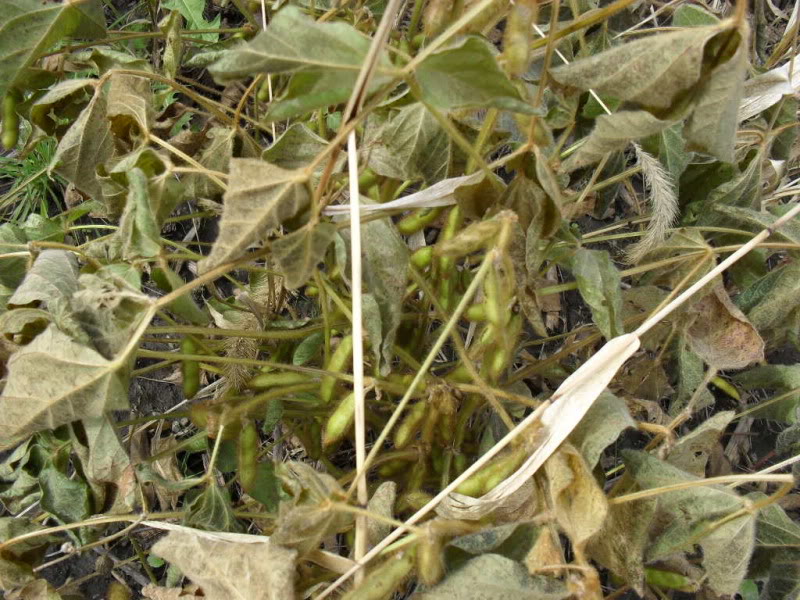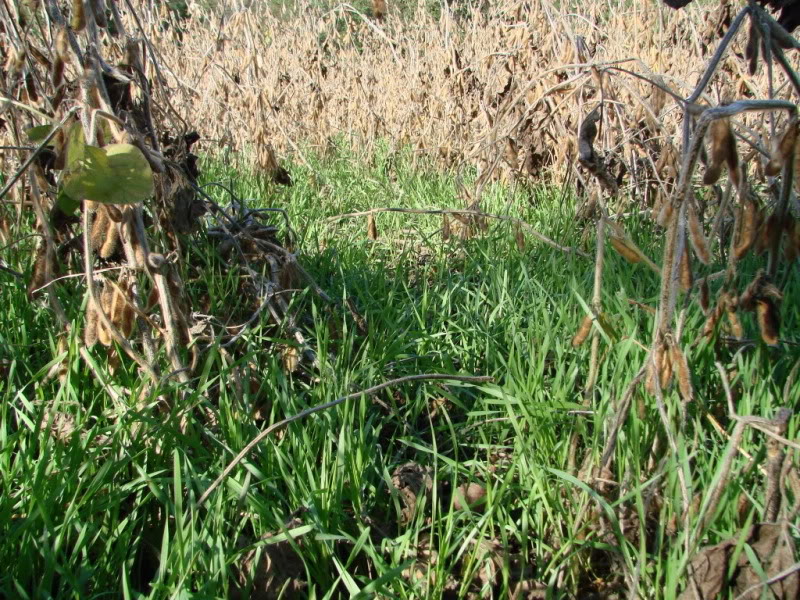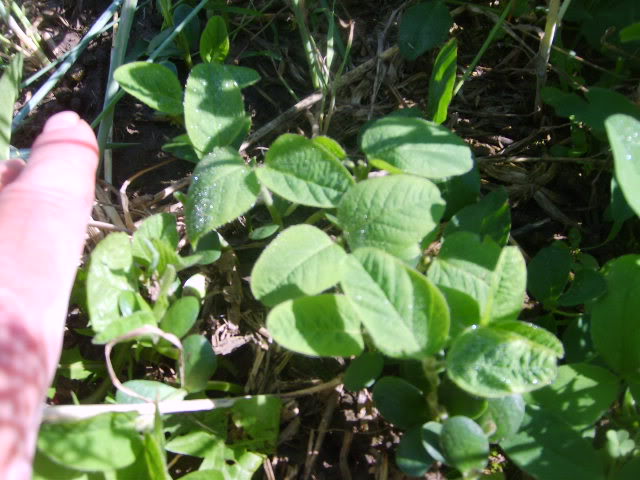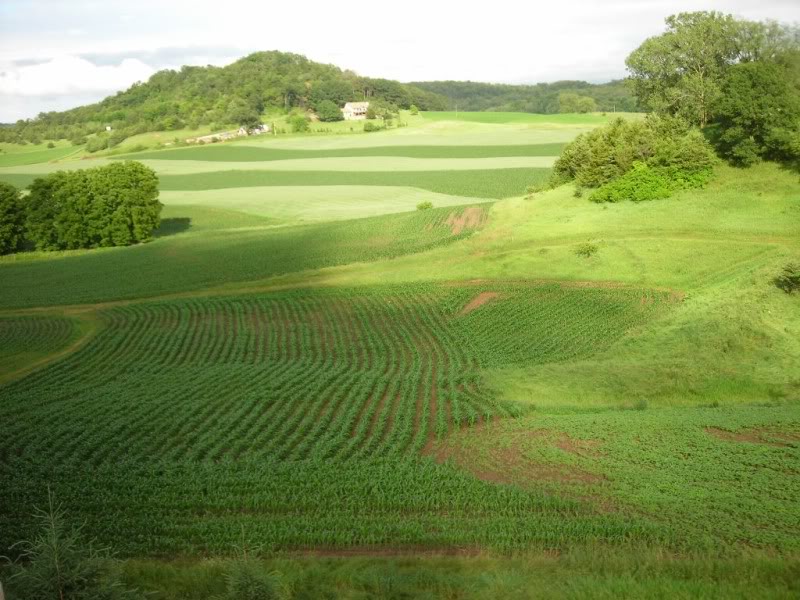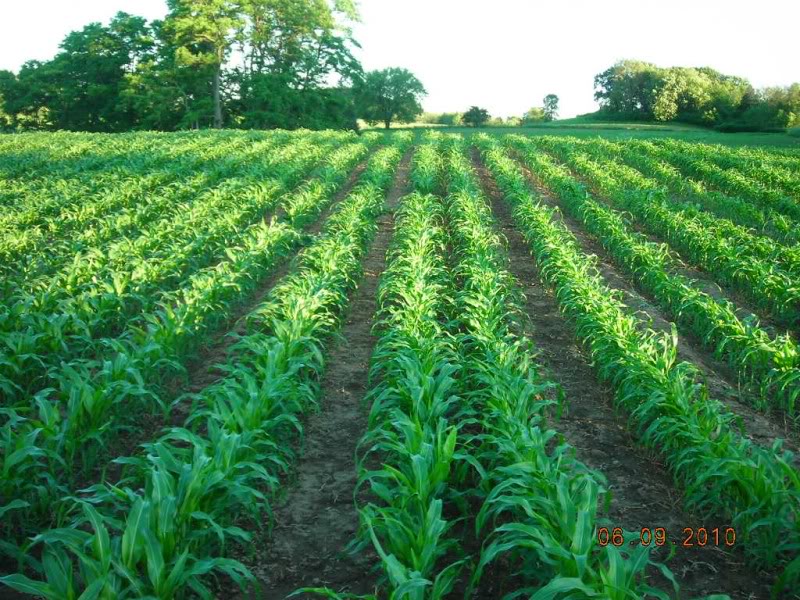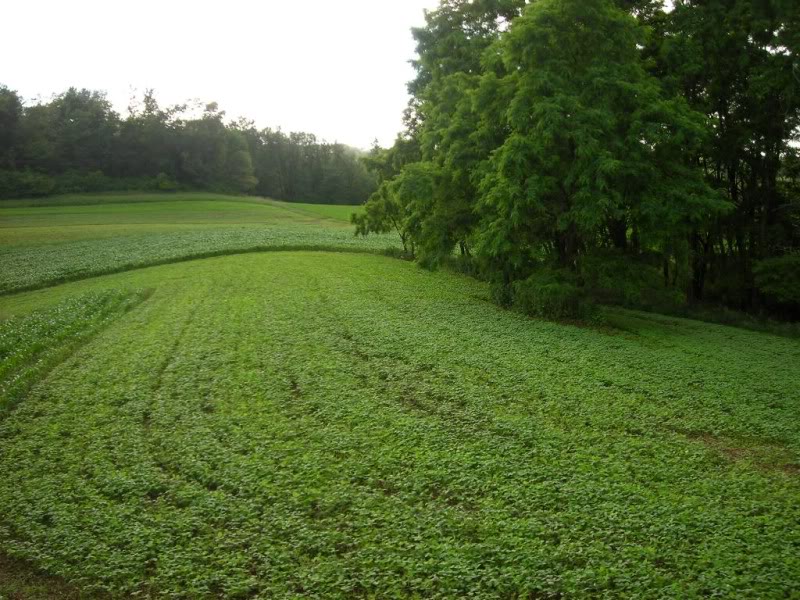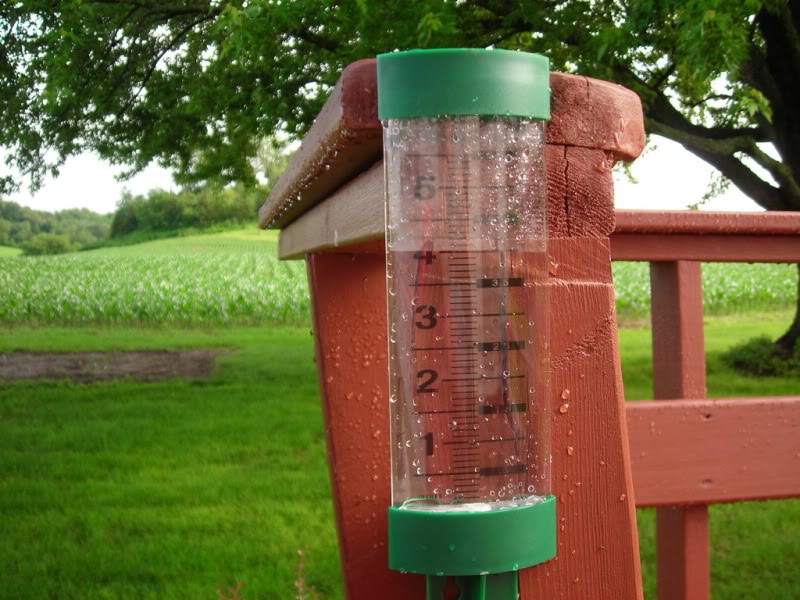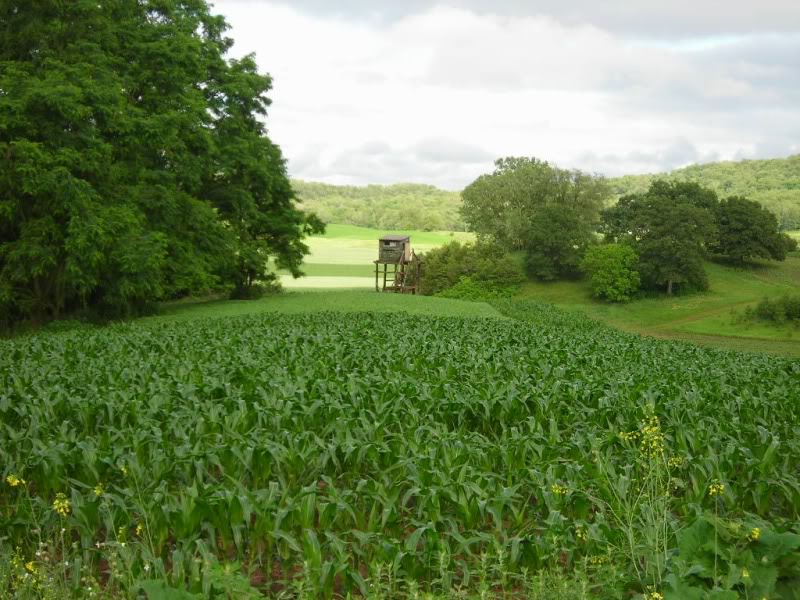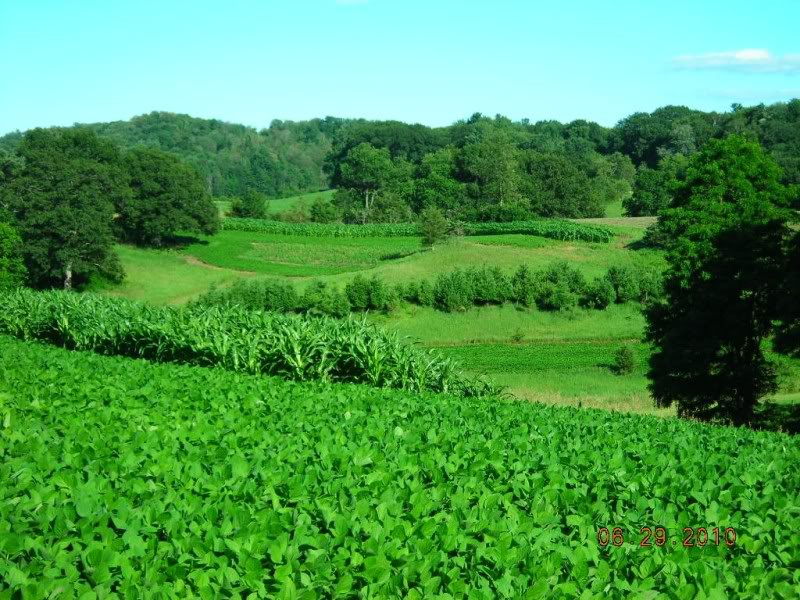Just a reminder to contact your local Pheasants Forever and National Wild Turkey Chapters for free seed!
The Iowa NWTF and IDNR joined forces to give away hundreds of bags of RR corn and soybean seed recently and often they have sorghum and alfalfa seed available also.
One bag of RR seed corn can run $130-160 a bag so spending a few dollars a year on dues is well worth the money!
Pheasants Forever
National Wild Turkey Federation
Check local farm seed sources for year old seed as well as they will usually discount it 50-70% and if you will be using Dual II Magnum herbicide for a soybean/milo planting, Welter Seed has very reasonablly priced conventional soybean seed at $21 a bag!
Conventional Soybean seed
Soybeans are a great option planted alone or in combination with corn or milo but consider what your goals are before purchasing seed. There is a great deal of interest in forage beans these days but if you goal is to attract deer in November through January they are rarely the best option.
Soybeans bred for grain production will dry down well ahead of hunting season and yield 40-60 bushels per acre of a very attractive late fall/winter food source.
Few deer can resist standing soybeans when the snow starts flying!
Forage soybeans have the ability to yield tons of high quality high protien forage for summer and early fall food sources but they are at a disadvantage because they will become unpalatable to deer when the first frost hits them right smack in the middle of hunting season.
Deer will refuse to touch any soybeans while they are turning and drying down and normal grain soybeans go thru this proces well ahead of hunting season at which point they again become attractive.
Forage beans are bred to keep producing forage until frost kills them and they are generally low yielding soybeans that offer little to attract deer after freezing. Be aware that deer will completely avoid forage soybeans during this stage and that will most likely be when you need them most.
It is possible to mix grain and forage soys or to plant different varieties within a plot or a nother option is to grow clovers and alfalfas for equally high quality summer/fall forage.
Each landowner has slightly different needs and goals so no one thing is right for everyone.
Eagle Forage soybeans is a source for forage beans.
Another advantage that comes with planting conventional soybeans is being able to overseed them with winter rye and Groundhog Forage Radish as the leaves turn in late August.
That combination of "green and grain" will attract and hold deer literally all fall, winter and spring and at a very reasonable cost to boot.
I'll be planting soybeans and milo together using the Dual II Magnum herbicide and overseeding winter rye and radish in late summer....that's a lott of high quality feed in one place....



